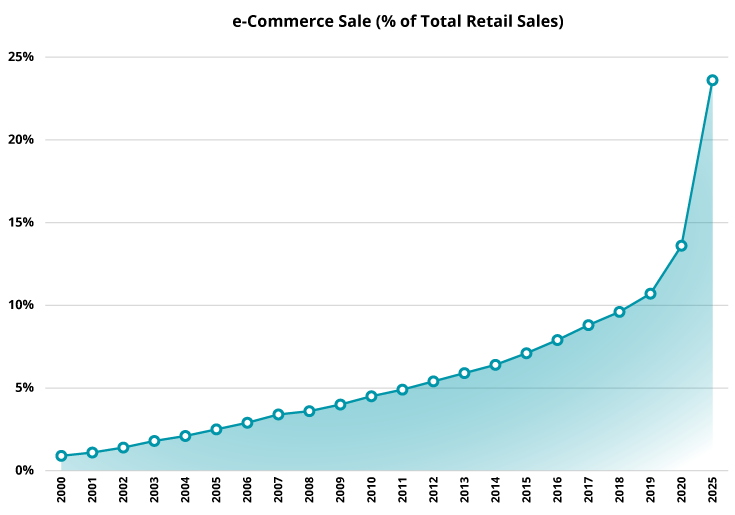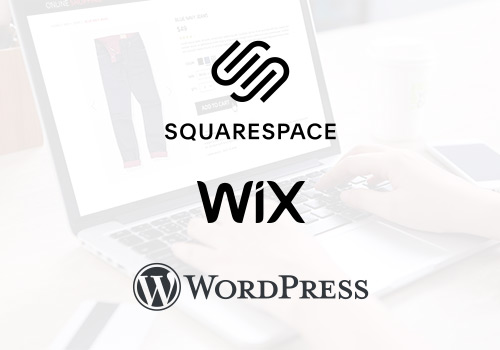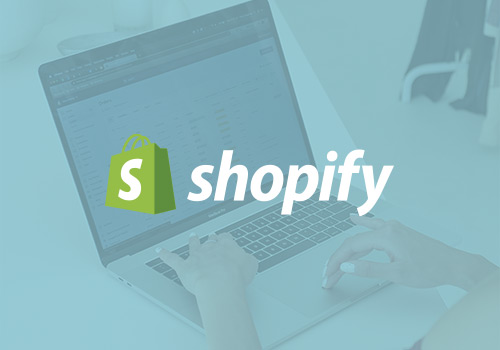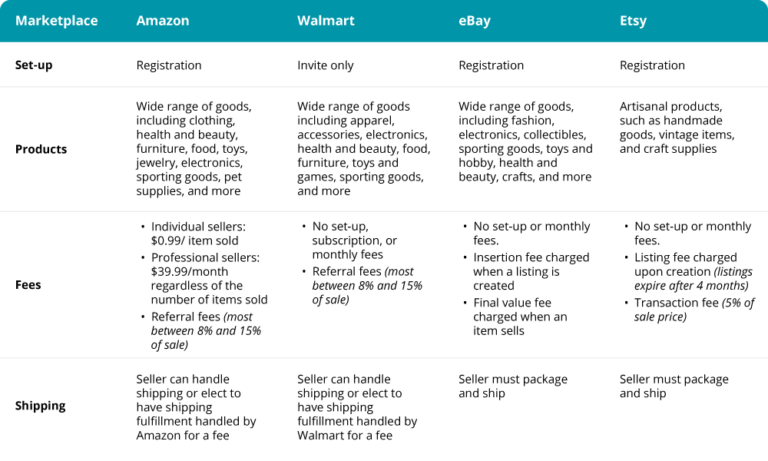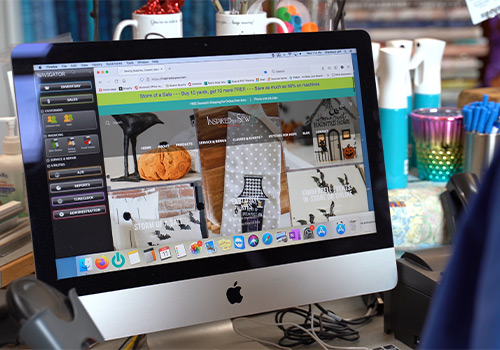Online shopping is here to stay.
Consumers who shop online regularly:
- Pre-pandemic: 9%
- Today: 44%
But e-commerce isn’t replacing brick-and-mortar retail.
When they have a choice, 46% of shoppers opt for in-person shopping.
(Source: State of Consumer Behavior Report)
Having an omnichannel experience pays off for retailers.
Customers who engage with a retailer through physical, online, and mobile channels have a 30% higher lifetime value compared to single-channel shoppers.
(Source: CX Network)

